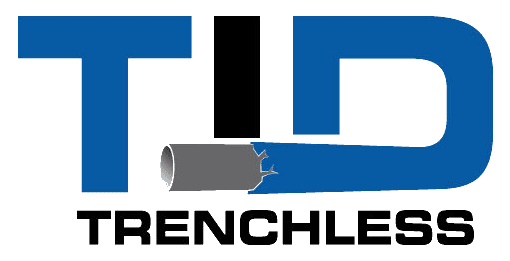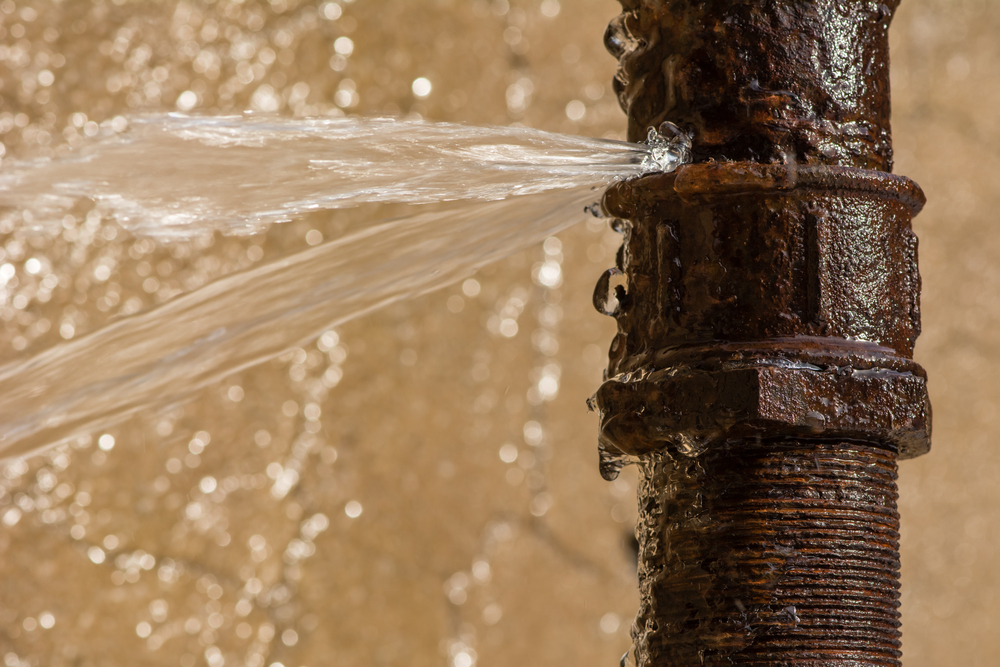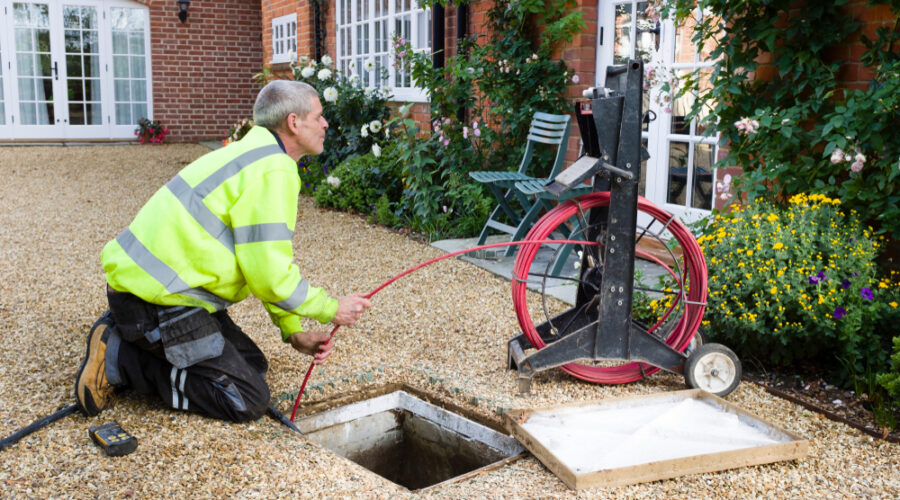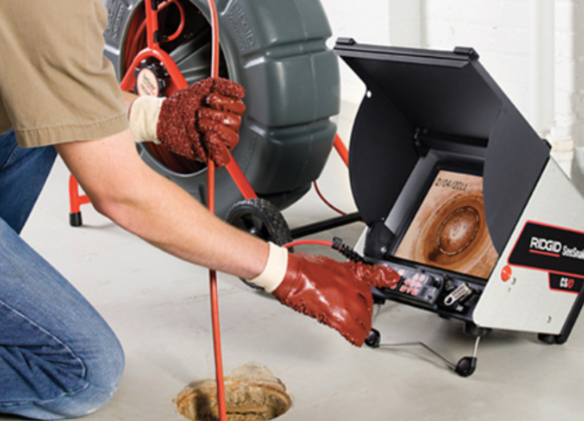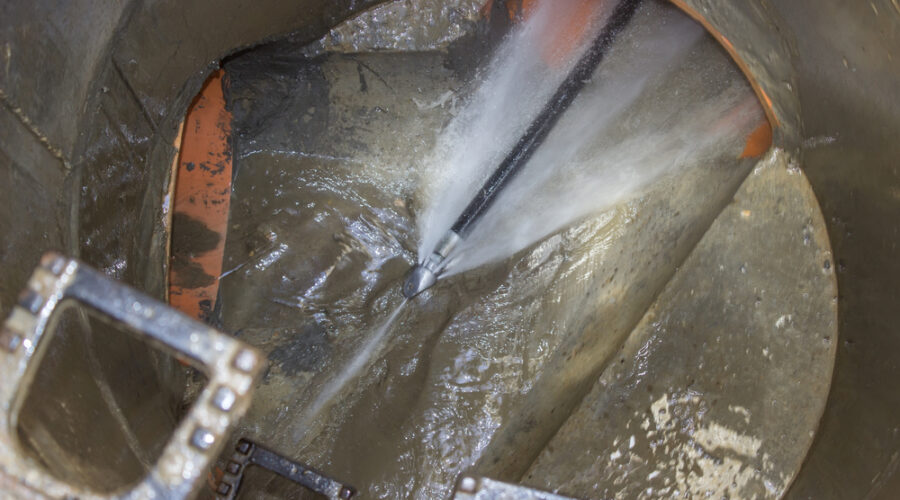Are you facing clogged drains or stubborn blockages in your old pipes? If so, you may have heard about hydro jetting as a potential solution. But before diving into this powerful drain cleaning method, it is essential to understand if hydro jetting can damage your old pipes. Hydro jetting involves using high-pressure water to clear out debris, grease, and other build-ups in your plumbing system. While it is a highly effective and efficient method, there are concerns about its impact on older pipes. In this article, we will explore the potential risks of hydro jetting on old pipes and provide you with the necessary information to make an informed decision. Stay tuned to discover the truth behind hydro jetting and its compatibility with your aging plumbing system.
What is hydro jetting?
Hydro jetting is a drain cleaning method that utilizes high-pressure water to remove stubborn clogs, debris, and build-ups from pipes. It involves using a specialized machine that pumps water at pressures of up to 4000 psi through a specially designed nozzle. This powerful stream of water effectively clears out any obstructions in the pipes, restoring proper flow and functionality.
How does hydro jetting work?
Hydro jetting works by harnessing the power of water and pressure to dislodge and flush out debris from pipes. The hydro jetting machine is connected to the plumbing system through an access point, such as a cleanout or a drain opening. The machine pumps water at high pressures into the pipes, creating a forceful stream that can break apart and wash away clogs, grease, tree roots, and other blockages.
The hydro jetting nozzle is an important component of the process. It is designed with multiple forward and backward-facing jets that allow the water to clean the entire circumference of the pipe. The nozzle is guided through the pipes, ensuring that all areas are thoroughly cleaned. The force of the water stream is adjustable, allowing the technician to control the pressure based on the specific needs of the pipes and the severity of the clogs.
Hydro jetting is particularly effective in removing stubborn blockages that traditional methods, such as snaking, may struggle to clear. It can also help remove accumulated grease and mineral deposits, restoring the pipes to their original capacity.
Benefits of hydro jetting
Hydro jetting offers several benefits that make it a popular choice for drain cleaning:
- Effectiveness: Hydro jetting is highly effective in removing even the toughest clogs and blockages. The high-pressure water stream can break apart and flush away debris that may have been accumulating for years.
- Thorough cleaning: Unlike other methods that only clear a path through the clog, hydro jetting cleans the entire circumference of the pipe. This ensures that all debris is removed, reducing the chances of future clogs.
- Environmentally friendly: Hydro jetting uses only water to clean the pipes, making it an environmentally friendly option. It does not rely on harsh chemicals that can be harmful to the environment and your plumbing system.
- Cost-effective: While hydro jetting may have a higher upfront cost compared to other methods, its long-term benefits make it a cost-effective solution. By thoroughly cleaning the pipes, it helps prevent future clogs and reduces the need for frequent maintenance and repairs.
- Versatility: Hydro jetting can be used on various types of pipes, including old and corroded ones. It is effective in both residential and commercial settings, making it a versatile option for different plumbing systems.
Can hydro jetting damage old pipes?
One of the concerns about hydro jetting is its potential to damage old pipes. While hydro jetting is generally safe for most pipes, there are certain factors that can contribute to pipe damage during the process. It is important to assess the condition of your pipes and consider these factors before deciding on hydro jetting:
1. Age and condition of the pipes
Older pipes, especially those made from materials like clay, cast iron, or Orangeburg, may be more prone to damage during hydro jetting. These pipes may have weakened over time, and the high-pressure water stream can exacerbate existing issues, leading to cracks, leaks, or even pipe collapse.
2. Pipe material and strength
The material and strength of the pipes can also impact their susceptibility to damage during hydro jetting. While most modern pipes can withstand the high pressures involved, older pipes made from weaker materials may be more prone to damage. It is important to consult with a professional plumber who can assess the strength and condition of your pipes before proceeding with hydro jetting.
3. Previous pipe repairs or weak spots
If your old pipes have undergone previous repairs or have weak spots, hydro jetting can potentially cause further damage. It is crucial to inspect the pipes for any signs of vulnerability and inform the hydro jetting technician beforehand. They can adjust the pressure accordingly or suggest alternative methods to minimize the risk of damage.
4. Incorrect usage or operator error
Improper usage of the hydro jetting equipment or errors made by the operator can also lead to pipe damage. It is essential to hire a professional plumber who is experienced in hydro jetting and understands the intricacies of the process. They can ensure that the equipment is used correctly and the pressure is adjusted appropriately to minimize the risk of damage.
5. External factors
External factors, such as tree roots invading the pipes or shifting soil, can also contribute to pipe damage during hydro jetting. It is important to address these underlying issues before hydro jetting to prevent further complications.
Signs that your pipes may be damaged by hydro jetting
While hydro jetting can be a highly effective method of drain cleaning, it is important to be aware of the signs that your pipes may have been damaged during the process. Some common signs of pipe damage include:
- Leaks: If you notice water leaking from your pipes or any signs of water damage, it could indicate that the hydro jetting process has caused damage to the pipes.
- Low water pressure: Hydro jetting can sometimes dislodge or damage pipe connections, leading to a decrease in water pressure throughout your plumbing system.
- Strange sounds or vibrations: If you hear unusual sounds or feel vibrations when using your plumbing fixtures, it could be a sign of pipe damage caused by hydro jetting.
- Frequent clogs: If you experience frequent clogs or blockages in your pipes after hydro jetting, it could be an indication that the process has caused damage or created new issues.
If you notice any of these signs, it is important to contact a professional plumber to assess the situation and provide the necessary repairs.
Factors that can contribute to pipe damage during hydro jetting
Several factors can contribute to pipe damage during hydro jetting. Understanding these factors can help you minimize the risk of damage and ensure a successful hydro jetting process:
- Inexperienced operators: Hiring an inexperienced operator who is not familiar with hydro jetting can increase the chances of pipe damage. It is important to choose a professional plumber who has the necessary expertise and experience to perform hydro jetting safely.
- Excessive pressure: Using excessive pressure during hydro jetting can cause damage to old pipes. A professional plumber will assess the condition of your pipes and adjust the pressure accordingly to minimize the risk of damage.
- Incorrect nozzle selection: Choosing the wrong nozzle for hydro jetting can lead to pipe damage. Different nozzles are designed for specific purposes, such as removing grease or cutting through tree roots. A professional plumber will select the appropriate nozzle for your specific needs.
- Lack of pre-inspection: Failing to conduct a thorough pre-inspection of the pipes before hydro jetting can increase the risk of damage. A pre-inspection will identify any weak spots, previous repairs, or other vulnerabilities that need to be addressed before the process.
By considering these factors and working with a professional plumber, you can minimize the risk of pipe damage during hydro jetting.
How to prevent damage to old pipes during hydro jetting
While hydro jetting can be a highly effective method for cleaning old pipes, there are steps you can take to prevent damage during the process:
- Consult with a professional: Before proceeding with hydro jetting, consult with a professional plumber who can assess the condition of your pipes and determine if hydro jetting is suitable. They can provide expert advice and recommend alternative methods if necessary.
- Pre-inspection: Conduct a thorough pre-inspection of your pipes to identify any weak spots, previous repairs, or other vulnerabilities. Share this information with the hydro jetting technician to ensure they can take the necessary precautions during the process.
- Adjust pressure: Ensure that the pressure used during hydro jetting is adjusted based on the condition and strength of your pipes. A professional plumber will have the expertise to determine the appropriate pressure to minimize the risk of damage.
- Use the right nozzle: Selecting the correct nozzle for hydro jetting is crucial. Different nozzles are designed for different purposes, such as removing grease or cutting through tree roots. A professional plumber will choose the appropriate nozzle to ensure a successful and safe hydro jetting process.
- Post-inspection: After hydro jetting, conduct a post-inspection of your pipes to ensure that no damage has occurred. If you notice any signs of damage, contact a professional plumber immediately to address the issue.
By following these preventive measures and working with a professional plumber, you can minimize the risk of damage to your old pipes during hydro jetting.
Alternatives to hydro jetting for old pipes
If you have concerns about hydro jetting or if your old pipes are not suitable for this method, there are alternative options for cleaning your drains:
- Snaking: Snaking, also known as drain auguring, is a common method used to remove clogs from pipes. It involves using a flexible metal cable with a corkscrew-like tip to break apart and remove the blockage. Snaking is generally safe for older pipes and can effectively clear simple clogs.
- Chemical drain cleaners: Chemical drain cleaners are readily available in stores and can be used to dissolve clogs. However, they can be harsh on pipes and may not be suitable for older or weakened pipes. It is important to read and follow the instructions carefully if using chemical drain cleaners.
- Bio-friendly drain cleaners: Bio-friendly drain cleaners use natural enzymes and bacteria to break down clogs and organic matter in pipes. They are safer for pipes and the environment compared to chemical drain cleaners. However, they may not be as effective for stubborn blockages.
- Pipe replacement: If your old pipes are severely damaged or beyond repair, pipe replacement may be the best option. This involves removing the old pipes and installing new ones. Consult with a professional plumber to determine if pipe replacement is necessary for your situation.
It is important to consult with a professional plumber who can assess the condition of your pipes and recommend the most suitable drain cleaning method for your specific needs.
Hiring a professional for hydro jetting old pipes
When it comes to hydro jetting old pipes, hiring a professional plumber is crucial. Here are some reasons why:
- Experience and expertise: A professional plumber who specializes in hydro jetting will have the necessary experience and expertise to perform the process safely and effectively. They understand the intricacies of hydro jetting and can adjust the pressure and technique based on the condition of your old pipes.
- Proper equipment: Professional plumbers have access to the right hydro jetting equipment, including high-pressure machines and specialized nozzles. They are familiar with the different types of nozzles and can select the most appropriate one for your specific needs.
- Inspection and evaluation: A professional plumber will conduct a thorough inspection of your pipes before hydro jetting. They will assess the condition, strength, and vulnerabilities of your old pipes to determine if hydro jetting is suitable. If not, they can recommend alternative methods.
- Prevention and post-inspection: Professional plumbers prioritize the prevention of damage during hydro jetting. They will take the necessary precautions, adjust the pressure, and use the right nozzle to minimize the risk of pipe damage. They will also conduct a post-inspection to ensure that no damage has occurred.
- Peace of mind: Hiring a professional plumber for hydro jetting old pipes gives you peace of mind. You can trust that the process will be performed safely, effectively, and without causing damage to your aging plumbing system.
Conclusion
Hydro jetting can be an effective and efficient method for clearing clogged drains and removing stubborn blockages. While it is generally safe for most pipes, there are factors to consider when dealing with old pipes. The age, condition, material, and previous repairs of your pipes can impact their susceptibility to damage during hydro jetting. By consulting with a professional plumber, conducting pre and post-inspections, adjusting the pressure, and using the right nozzle, you can minimize the risk of damage to your old pipes. If hydro jetting is not suitable for your pipes, there are alternative methods available. Ultimately, hiring a professional plumber with experience in hydro jetting old pipes is crucial to ensure a successful and safe drain cleaning process.
